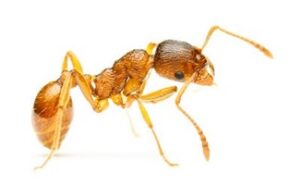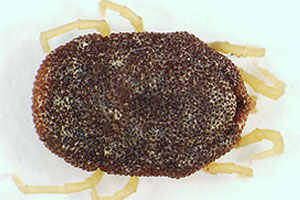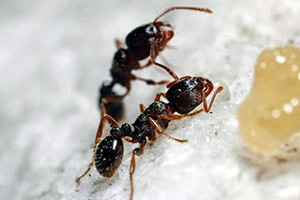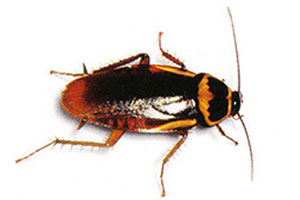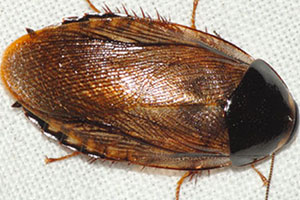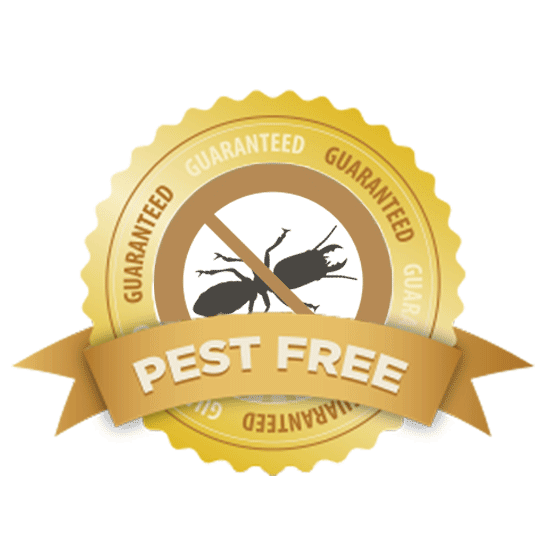Norway Rats
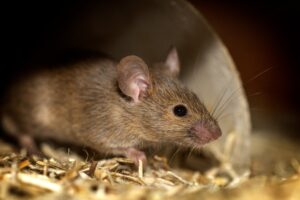 The Norway rat is also known as the Brown rat, Gray rat, Common rat, House rat, Wharf rat, Sewer rat, Barn rat and Water rat. They are not actually from Norway, but were first identified there. Norway rats are the most likely type to get into buildings, and are a much bigger problem to eliminate once they do. Norway rats are often completely black. They can also be grayish-brown, but the color may vary from a pure gray to a blackish- or reddish- brown. The underside is usually gray to yellow-white. The body is heavy and thick, from 7 to 10 inches long. They weight between 12 to 24 ounces. The tail is shorter than the head and body–about 6 to 8 1/2 inches long. The tail is dark on top with a lighter underside. Norway rats are able to gnaw through wood, lead, aluminum, copper, even cinder block and uncured concrete. They burrow extensively in soil and are excellent swimmers and good climbers. They usually nest in the basements and lower portions of buildings. Norway rats are very nocturnal–most of their activity and feeding takes place between a half-hour after sunset and a half-hour before sunrise. They also have a very strong social hierarchy – the biggest and strongest.
The Norway rat is also known as the Brown rat, Gray rat, Common rat, House rat, Wharf rat, Sewer rat, Barn rat and Water rat. They are not actually from Norway, but were first identified there. Norway rats are the most likely type to get into buildings, and are a much bigger problem to eliminate once they do. Norway rats are often completely black. They can also be grayish-brown, but the color may vary from a pure gray to a blackish- or reddish- brown. The underside is usually gray to yellow-white. The body is heavy and thick, from 7 to 10 inches long. They weight between 12 to 24 ounces. The tail is shorter than the head and body–about 6 to 8 1/2 inches long. The tail is dark on top with a lighter underside. Norway rats are able to gnaw through wood, lead, aluminum, copper, even cinder block and uncured concrete. They burrow extensively in soil and are excellent swimmers and good climbers. They usually nest in the basements and lower portions of buildings. Norway rats are very nocturnal–most of their activity and feeding takes place between a half-hour after sunset and a half-hour before sunrise. They also have a very strong social hierarchy – the biggest and strongest.
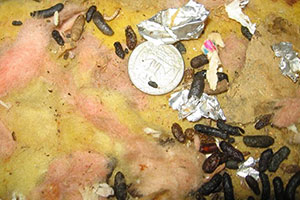 Norway rats get the best food. They are omnivores-they can eat just about anything, but they prefer meats, fish, flour, cereal grains, fruits and vegetables. Norway rats will eat almost any human food and waste-garbage and even grease can provide excellent diets. Rats visit fewer food sites than mice, but eat more at each site. They consume 3/4 to 1 ounce of food each day and require water daily to survive, from 1/2 to 1 ounce of water every day. Norway rats are best suited for temperate zones. Due to their excellent adaptability, they are found everywhere in the United States, first arriving here on ships in the 1770’s.
Norway rats get the best food. They are omnivores-they can eat just about anything, but they prefer meats, fish, flour, cereal grains, fruits and vegetables. Norway rats will eat almost any human food and waste-garbage and even grease can provide excellent diets. Rats visit fewer food sites than mice, but eat more at each site. They consume 3/4 to 1 ounce of food each day and require water daily to survive, from 1/2 to 1 ounce of water every day. Norway rats are best suited for temperate zones. Due to their excellent adaptability, they are found everywhere in the United States, first arriving here on ships in the 1770’s.
Life cycle of the Norway Rat
Norway rats will become sexually mature in 3-5 months of age. The females create a nest in secluded places when inside a building, or in burrows or tunnels when outside. There can be from four to seven litters each year, with up to a dozen young in each litter, so the population can grow quite rapidly. Adults only live from 9-12 months

